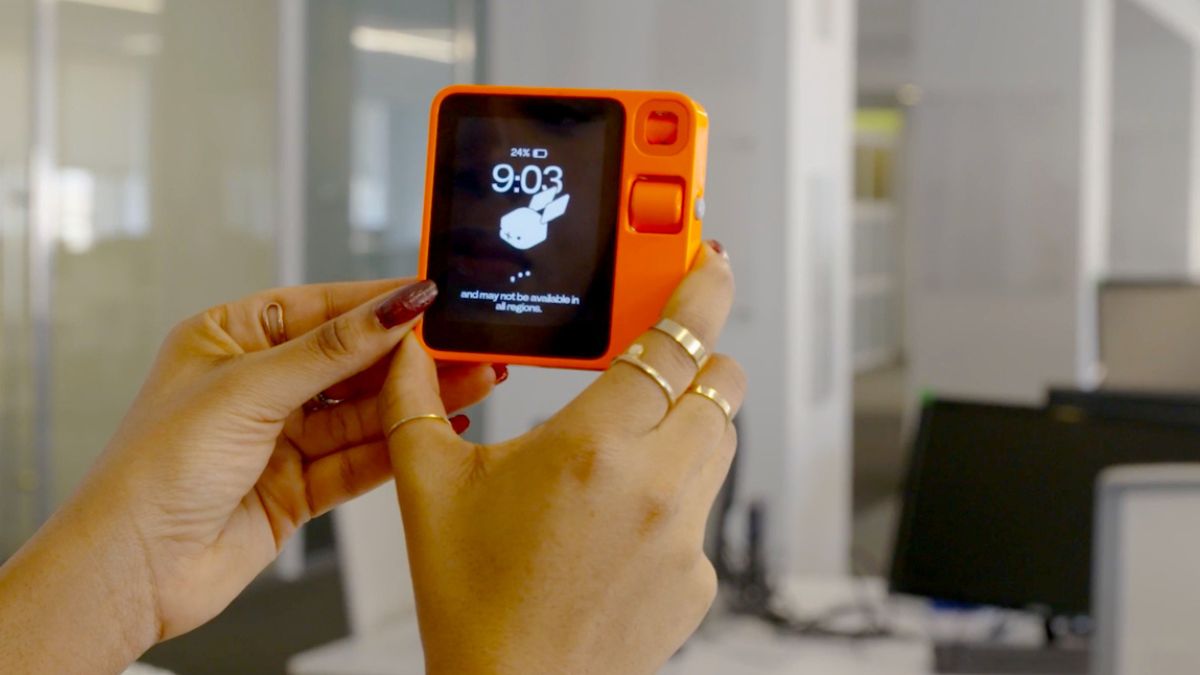Smart home tech purchases, and that number keeps climbing. You’re about to spend hundreds or thousands of dollars on the next big tech thing. But what if it ends up collecting dust in your closet by March. What if the features don’t work like the ads promised.
Marketing makes everything look amazing. Real life tells a different story. 11 overrated tech gadgets 2025 that looked great in 2024 but failed users badly. You’ll learn why they flopped. What makes them overrated.
We’re backing everything with real data from tech experts and consumer reports. Stop wasting money on tech buyer regrets. Let’s look at the worst tech purchases you need to avoid.
1. Humane AI Pin and Rabbit R1

Humane AI Pin launched in April 2024 for $700. Everyone said it was too good to be true. They were right. This little device pins to your shirt and promises to replace your phone with AI magic. But it’s way too expensive, painfully slow when you ask it questions, and gets things wrong constantly. Your three year old smartphone does everything better.
Rabbit R1 Review
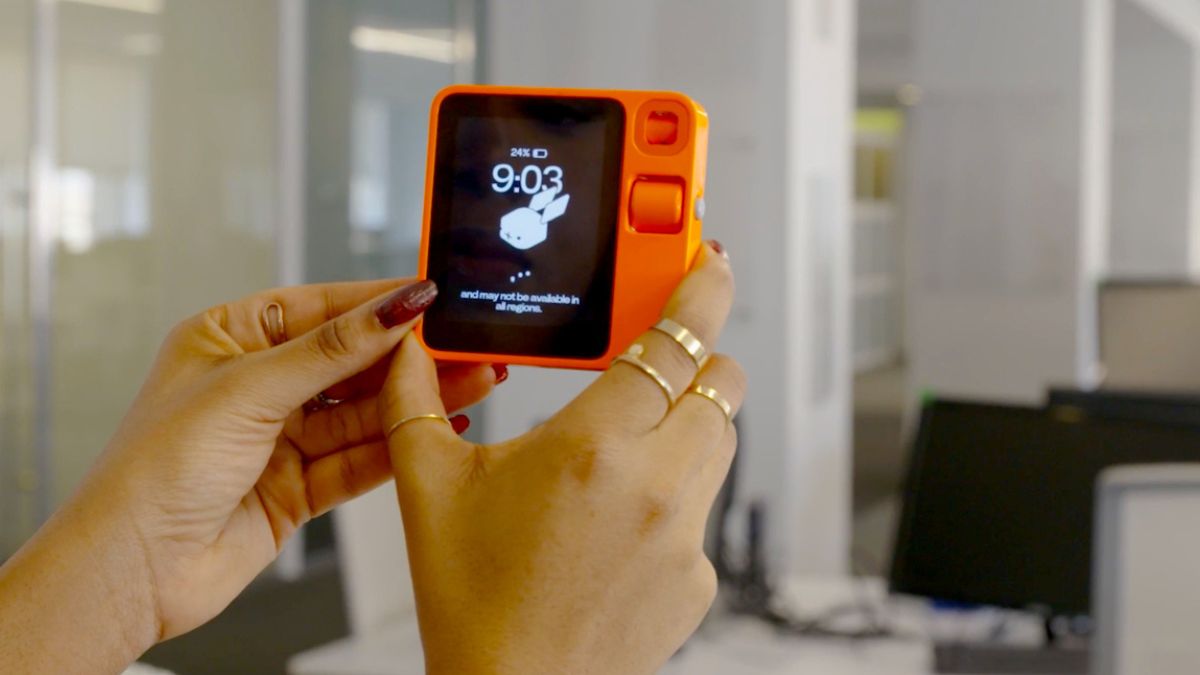
Then there’s the Rabbit R1. Tech reviewers called it an adorable but half baked idea that you can ignore. That’s polite speak for “don’t buy this.” It looks cute sitting on your desk. But when you actually try to use it, the response times make you want to throw it out the window. You ask a simple question and wait. And wait. And wait some more.
Why Your Money Deserves Better ?
You already have a phone in your pocket. It already has AI. It already works. Why would you pay $700 for something slower and worse. Both gadgets probably won’t make it to the end of 2025.
Companies are already cutting support. Early buyers are stuck with expensive paperweights. The tech blogs hyped these up as the future. Real users found out they’re just expensive mistakes.
2. Apple Vision Pro

Apple’s Vision Pro won awards from tech blogs. Real users called it the biggest tech fail of 2024. That should tell you something. The price hits first at $3,500. That’s more than most people’s monthly rent. For that money, you’d expect perfection. You don’t get it.
Why The Vision Pro Feels Like Wearing A Brick On Your Face ?

The headset is uncomfortable to wear for more than 20 minutes. The metal and glass front plate makes it heavy on your face. You need to buy third party straps just to wear it without pain. Apple charges $3,500 and can’t even get the basic comfort right.
The apps aren’t there. The Vision Pro has sensors that can do amazing things. Almost no apps use them. You’re paying for features that don’t work because developers haven’t built for them yet. It’s like buying a sports car with no roads to drive on. Sure, it looks cool in your garage. But what’s the point.
Headache and Empty App Store

It goes in your pocket. Connected by a wire. You look ridiculous and feel tethered. People expected Apple to focus on making this VR headset problems free. Instead, they got an uncomfortable, expensive device that collects dust after the first week of showing it off to friends.
The numbers don’t lie about this overrated tech 2024 disaster. Sales dropped fast after launch. Even Apple fans returned theirs. Tech reviewers gave it perfect scores. Real people who spent their own money.
3. Smart Home Devices with Subscription Traps

Americans have spent an average of $3,026 on smart devices. One in 10 regret it. Want to know why. You buy a smart lock for $200 thinking you’re done. Great purchase, right. Then the company tells you the best features cost $10 per month.
That’s $120 per year. Over five years, you’ve paid more for the subscription than the device itself cost. And they don’t tell you this clearly before you buy.
Why Your Smart Home Costs $41 Per Month ?
It gets worse with these smart home regrets. Annual spending on subscriptions and maintenance for smart home devices averages $498. That’s $41 every single month just to keep your smart stuff working the way the commercials promised.
Some car companies now charge subscriptions for remote start. Your key fob already does this. Nothing talks to a server. But they want $15 per month anyway because they figured out they can get away with it.
4. Smart Thermostats That Never Connect
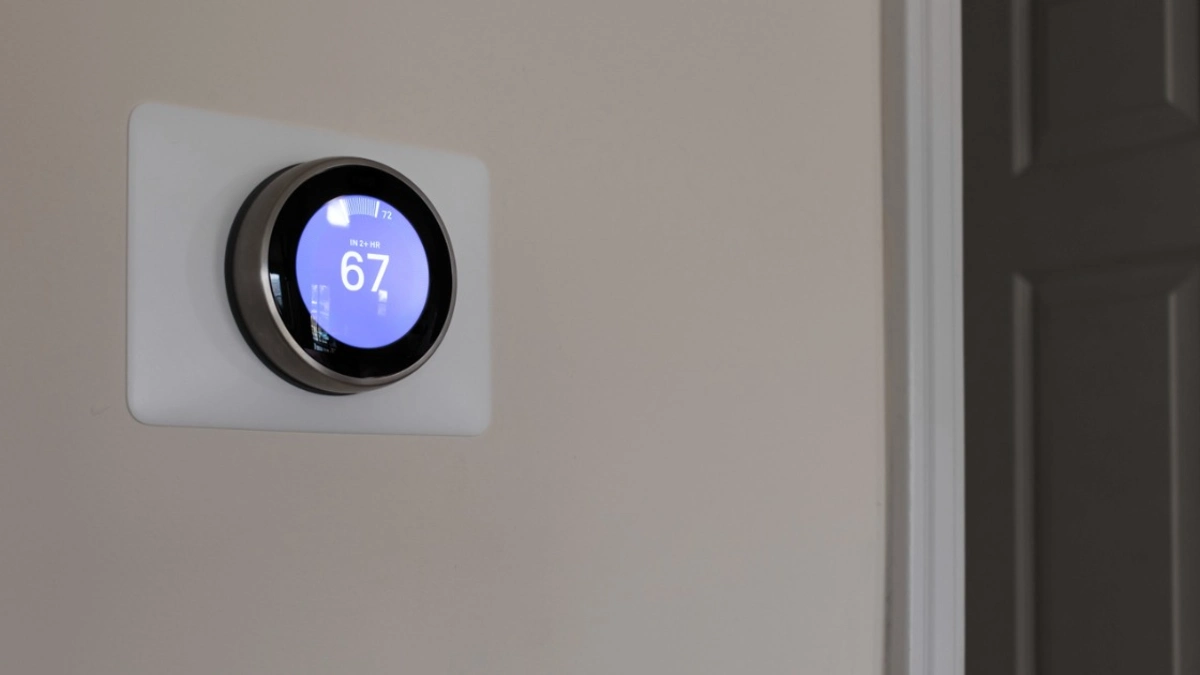
Smart thermostats sound perfect on paper. Control your heat from work. Save money on energy bills. AI learn your schedule. But here’s what actually happens when you install one. The device requires constant updates and sometimes loses connection.
WiFi, rendering remote control useless. You’re at work trying to adjust the temperature for when you get home. The app says “device offline.” Great. Now you’re coming home to a freezing house anyway.
Old House Wasn’t Built for Smart Thermostats
Network connectivity is the most common issue smart device owners encounter with these tech gadgets to avoid. Many older homes can’t support them properly. Your HVAC system might not be compatible. Your WiFi might not reach the hallway where your thermostat lives.
The installation instructions assume you have a C wire. You don’t. Now you need an adapter or an electrician. These smart thermostat problems add up fast. Regular thermostats work perfectly fine. They don’t need updates. They don’t lose Wi-Fi connection. They just work every single time you touch them.
Skip The WiFi, Get A Thermostat That Just Works

Get a programmable thermostat without WiFi for $50. Program it once and forget about it. You’ll save almost $200 and never deal with connection problems. Your heat works when you need it. No app required. No monthly fees. No frustration when the WiFi connected devices decide to stop working right before a cold snap hits your area.
5. Budget Fitness Trackers with Unreliable Data
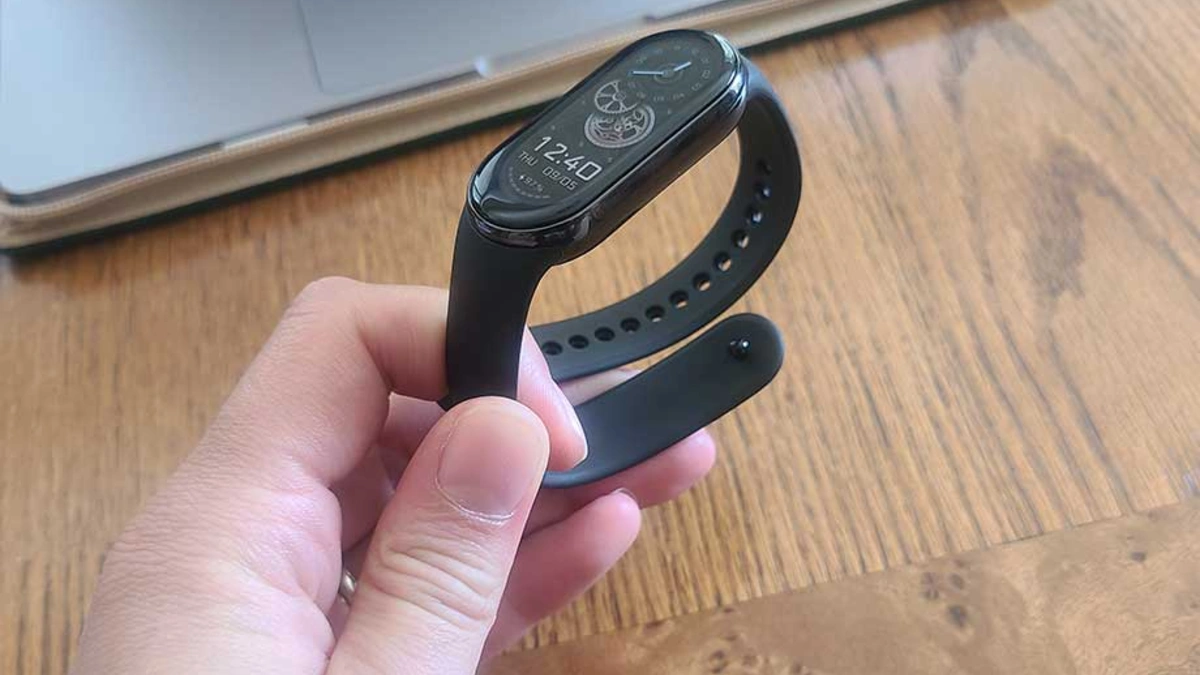
Budget fitness trackers promise to transform your health for under $50. They count your steps, track your calories, and monitor your sleep. Sounds great until you check the numbers and realize they’re completely wrong.
Don’t pay for a Whoop subscription if you just want to know if you’re hitting 10,000 steps. But also don’t buy a $30 tracker that tells you walked 15,000 steps when you only walked 8,000. Garbage data is worse than no data because you make decisions based on lies.
App Matters More Than the Tracker Itself
The app is more important than the hardware. A cheap tracker is useless if its app is a confusing mess that makes you fight to see your data. Simple is almost always better for first time buyers.
The health and fitness wearable marketplace is worth $63.48 billion by 2027 because companies know you’ll buy anything that promises better health. Don’t fall for it.
Your Phone Already Tracks Steps for Free

If you want fitness tracker accuracy, spend $100 minimum on a Fitbit or Garmin. Or just use your smartphone. Modern phones count steps pretty accurately for free. They’re already in your pocket.
No subscription required. No wearing another device. No charging another battery. No dealing with inaccurate data that makes you question whether you should trust technology at all.
6. Smart Fridges The Most Unnecessary Upgrade

Smart fridges cost $3,000 to $5,000 more than regular fridges. For what? A touchscreen that shows you what’s inside without opening the door. Except the touchscreen interface seems cool for about a week but turns out to be clunky and not user friendly.
You touch it. Nothing happens. You touch it again. The wrong menu opens. You just want to see if you have milk. But now you’re three menus deep trying to get back to the camera view.
App That Never Works When You Actually Need It

The app rarely connects properly, making it difficult to check contents without opening the door anyway. So you’re at the grocery store. You pull out your phone to check if you need eggs.
The app won’t load. Connection timeout. Device offline. You open the app again. It finally connects. The camera hasn’t updated since yesterday morning. These smart appliance regrets hit hard because you’re stuck with this fridge for 10 to 15 years .
7. Tablets – The Middle Ground Nobody Needs

Tablet shipments worldwide dropped to 128.5 million by 2023. That’s the sharpest decline in a decade. Because consumers finally figured out that tablets are unnecessary tech purchases.
You already have a smartphone. You already have a laptop. The tablet sits awkwardly between them doing nothing better than either one. Consumers prioritize smartphones or laptops, skipping the middle version devices completely.
Why Your Tablet Sits in a Drawer for Six Years ?
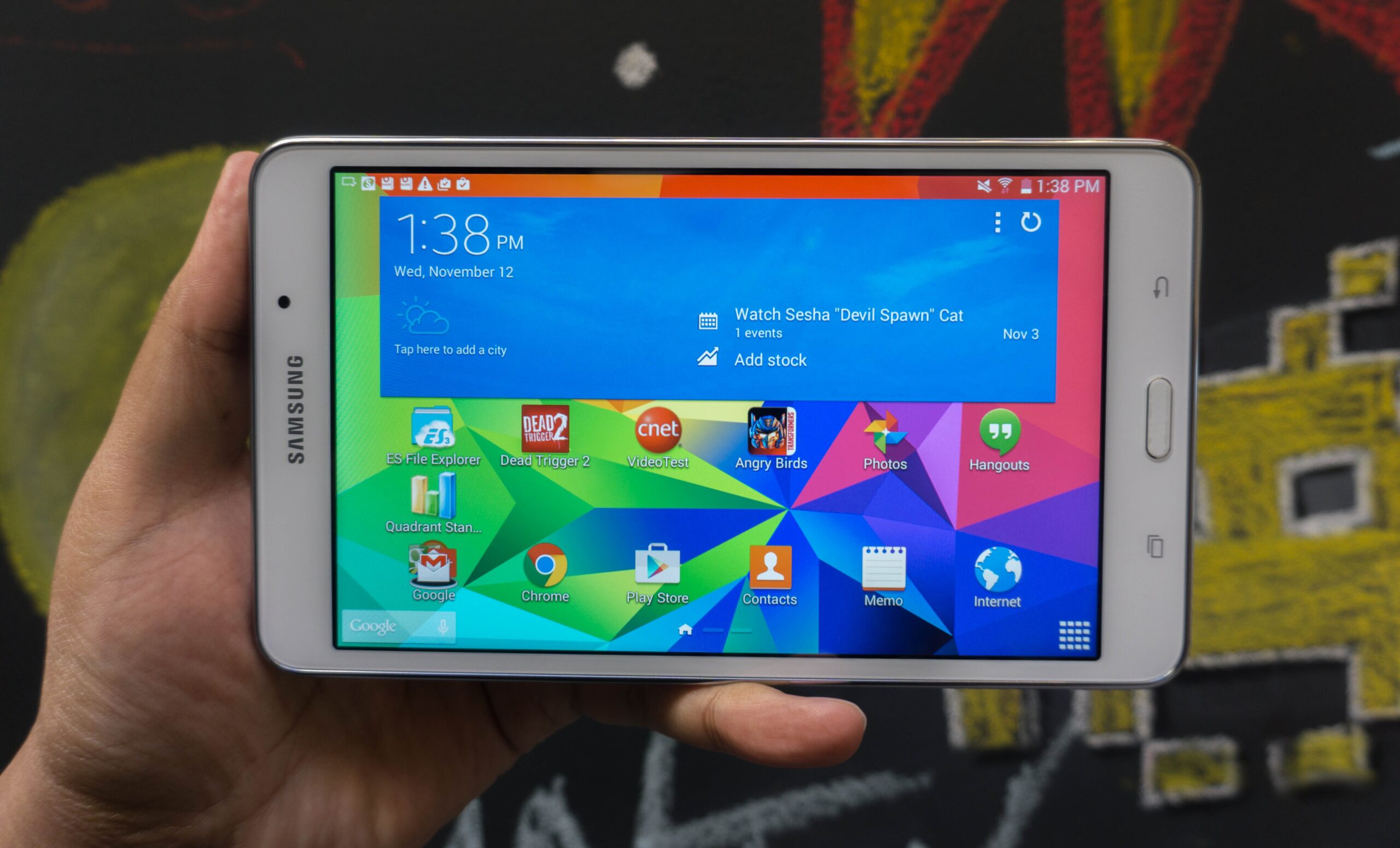
Your phone got bigger. It’s now 6.7 inches. That’s big enough to watch videos comfortably. Your laptop got lighter. It’s now 2.5 pounds and has 12 hours of battery life. That’s portable enough to use on the couch. The tablet doesn’t have a purpose anymore. This smartphone vs tablet debate ended years ago.
Smartphones won. Replacement cycles lengthen as people realize they don’t need tablets. Someone buys a tablet in 2019. They use it for a year. Then it sits in a drawer. Six years later, they still haven’t replaced it because why would they? It’s not broken. They just never use it.
8. Smart Speakers with Poor Sound Quality

Amazon Echo Dot sound quality is underwhelming compared to any existing audio setup you already have. That $20 Bluetooth speaker from five years ago sounds better. But companies convince you to buy smart speakers anyway because you can talk to them.
Voice recognition sounds cool until you try to use it in real life. Then it’s often hit or miss, leading to frustration when it fails to understand basic requests.
Why Voice Control Becomes Voice Frustration ?
You say play rock music. It plays a podcast about rocks. You say “turn off the living room lights.” It says “I don’t understand.” You say it again slower. It turns off the bedroom lights instead.
After a week of these smart speaker problems, you stop using voice commands and just pull out your phone. The regular Bluetooth speakers you already own sound way better without any of the voice assistant issues that make you want to scream.
Microphone That Never Sleeps

They’re always listening. Always. That microphone is on 24/7 waiting for you to say the wake word. But how does it know you said the wake word unless it’s listening to everything. It is listening to everything. 57% of Americans express concern about data privacy with smart devices.
They should be concerned. 46% fear potential hacking of smart home systems. Your cheap smart speaker is a security risk. Limited use after initial novelty is the real killer here. You use it daily for a week. It sits there taking up outlet space and listening to your private conversations for a company that sells your data.
Bluetooth Speaker Solution
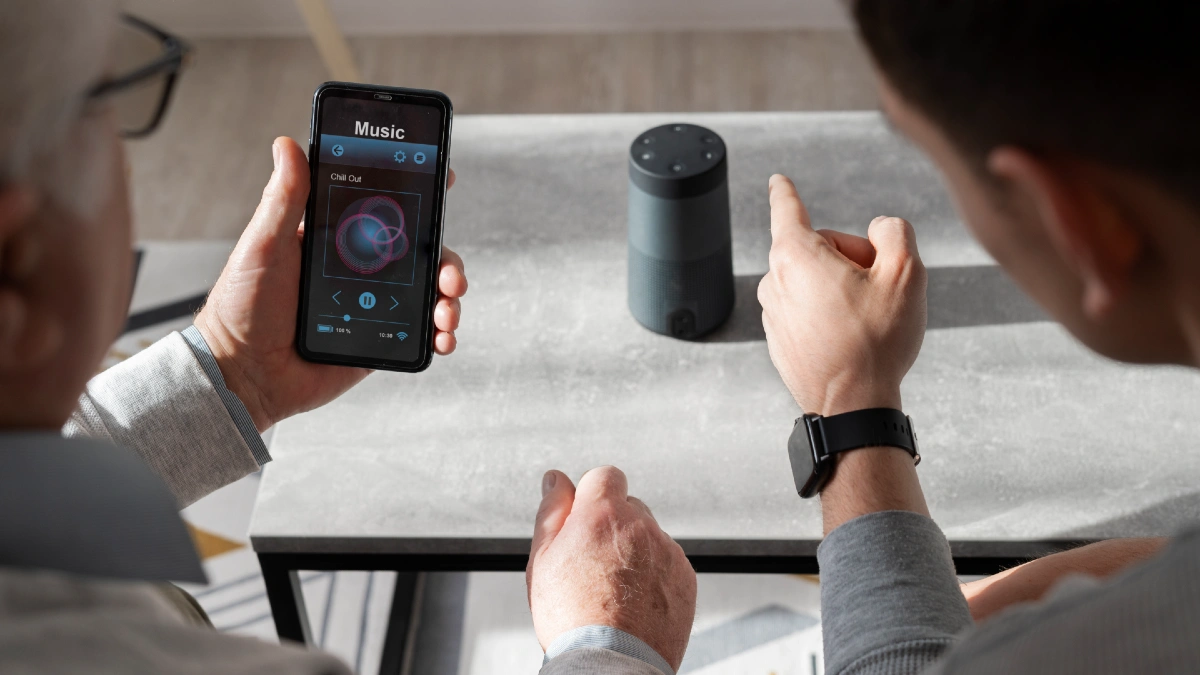
Buy a regular Bluetooth speaker for $50. Better sound. No privacy issues. No voice recognition failures. When you want music, you press a button on your phone. It works every time. Simple wins over smart when smart doesn’t actually work better.
9. Cheap Smart Security Cameras with No Encryption

Cheap smart security cameras sell for $30 to $50. Sounds like a great deal for home security. Except cheap smart models have poor encryption, meaning they can be hacked easily by anyone with basic technical skills.
Your security camera becomes a window for criminals to watch your house. Devices lacking rigorous security certifications pose real privacy threats that most people don’t think about until it’s too late.
Hacker Watching Your Backyard
You install four cameras around your house. They work great. You can check them from your phone. Then someone hacks into camera number three. Now they’re watching your backyard. They know when you leave for work.
They know when you come home. Your security system became a criminal’s surveillance system. Over 1 in 3 people worry about devices recording without permission. But they buy cheap cameras anyway because they cost less.
Why You’ll Stop Checking Your Own Security Cameras ?

False alarm problems frustrate users constantly with these cheap tech dangers. A leaf blows by. Motion detected. Your phone buzzes. You check the camera. Nothing there. This happens 20 times per day. After a week, you stop checking the alerts. Cameras are useless because you’ve trained yourself to ignore them.
Subscription fees for cloud storage add up too. That $30 camera needs $10 per month for video storage. Over two years, you paid more for storage than the camera cost. The hacked smart devices problem is real and growing as more people buy cheap cameras with terrible security.
10. Robot Vacuums and Smart Mops That Miss Spots
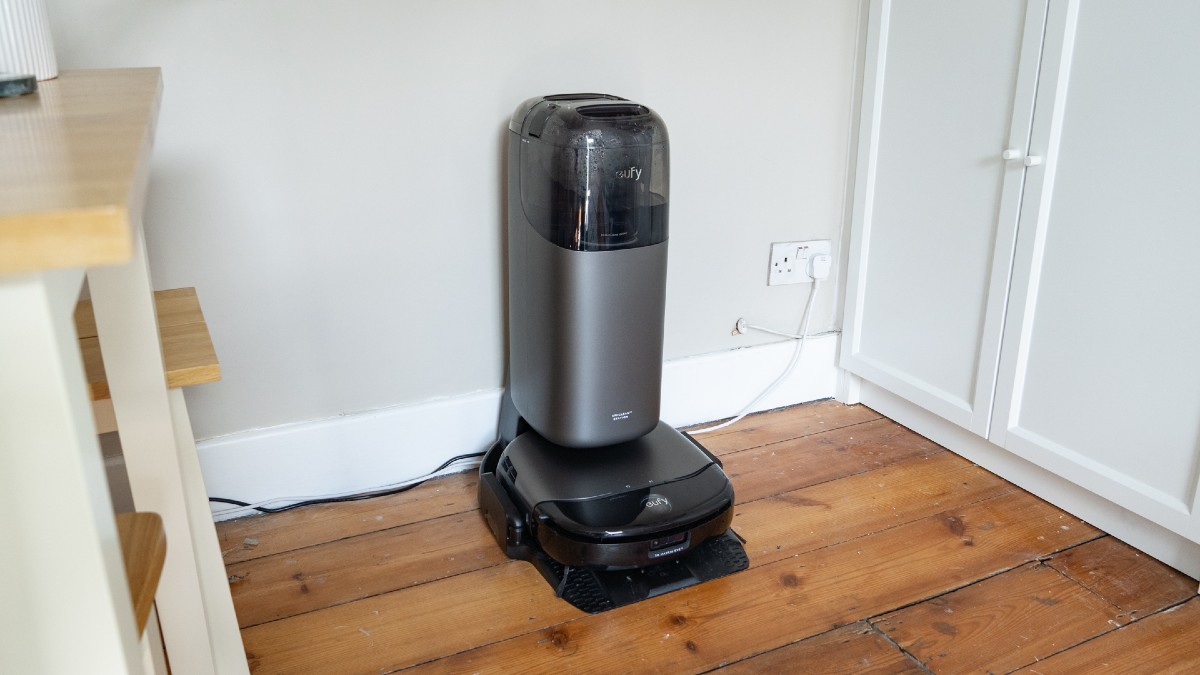
Robot vacuums promise hands free cleaning. Just press a button and go to work. Come home to clean floors. Reality is different. Smart mops miss corners every single time, require constant manual intervention and the mop pads wear out fast requiring expensive replacements every month. Your $400 robot is pickier than a toddler about where it will and won’t clean.
Why Robot Vacuums Make More Work ?
You still need to do cleaning around the house just to give the robot space to work properly. Need to pick up socks, clothing, and wires on the floor before you run it. So you’re cleaning before you clean. That defeats the entire purpose.
These robot vacuum problems mean you spend 15 minutes preparing your house for the robot. Then the robot runs for an hour. Then you spend another 15 minutes cleaning the spots it missed. You could have just vacuumed yourself in 20 minutes and done a better job.
Skip the Robot, Buy a Real Vacuum

Buy a good corded vacuum for $150. Vacuum once a week yourself. Takes 20 minutes. Floors are actually clean. No robot to charge, empty, maintain, or rescue from under furniture.
If you absolutely must have a robot, spend $600 minimum on a premium model that actually works. Cheap robot vacuums are overrated cleaning tech that create more problems than they solve.
11. Outdated Smart Devices from Major Brands
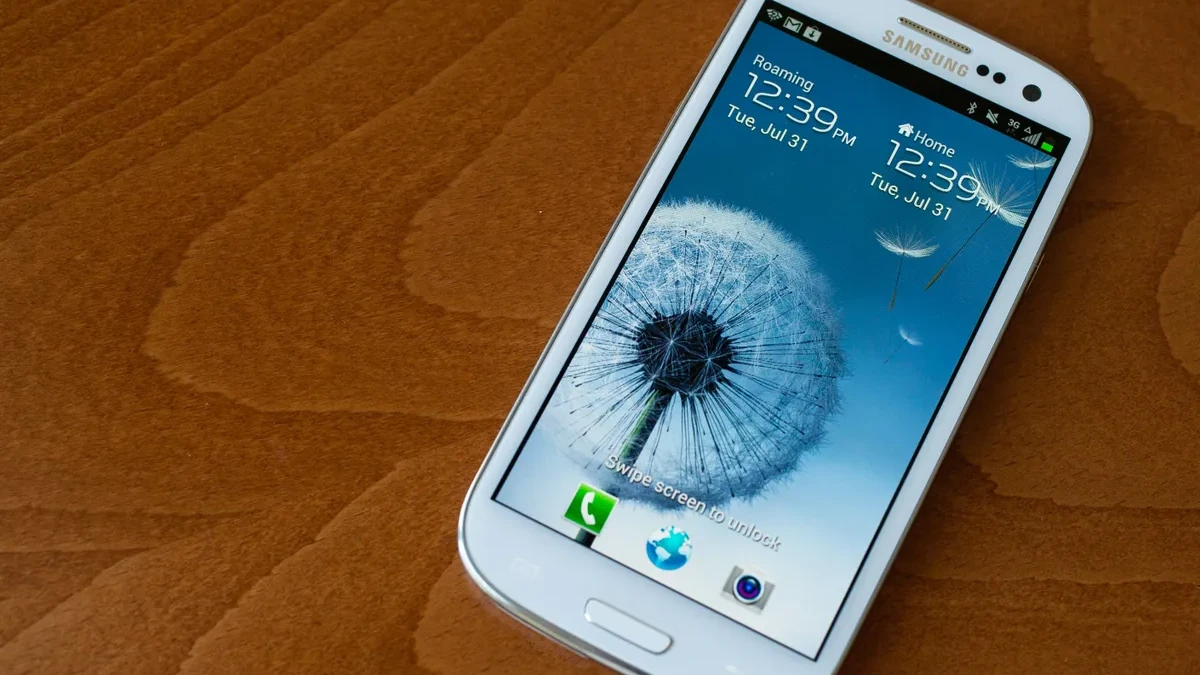
That smart device on sale for 60% off looks like a great deal. It’s not. It’s outdated. Outdated gadgets pose serious risks in terms of security and functionality that most buyers don’t think about until it’s too late.
These devices are unlikely to receive software and security updates for long because the company already moved on to the next version. Your “deal” becomes a security risk in six months.
Why Your Smart Hub Will Be Obsolete Before You Finish Paying It Off ?
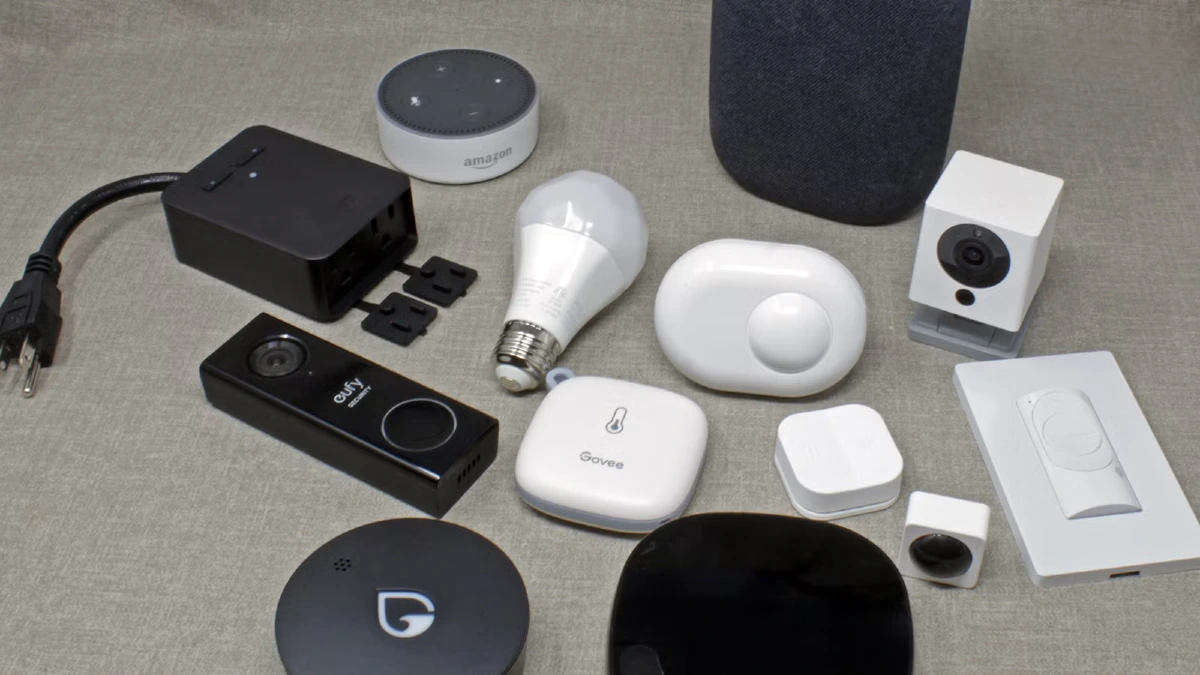
Companies might discontinue support completely to focus on newer products. Brands sometimes change protocols too, meaning the gear you buy today could be obsolete in just a few years. You buy a smart home hub in 2025. The company releases a new version in 2026.
Your version stops getting updates in 2027. By 2028, it doesn’t work with any new devices. You’re stuck with discontinued support and no way to expand your system. These obsolete tech problems force you to replace everything and start over.
Why Your Obsolete Gadgets Are Poisoning the Planet ?
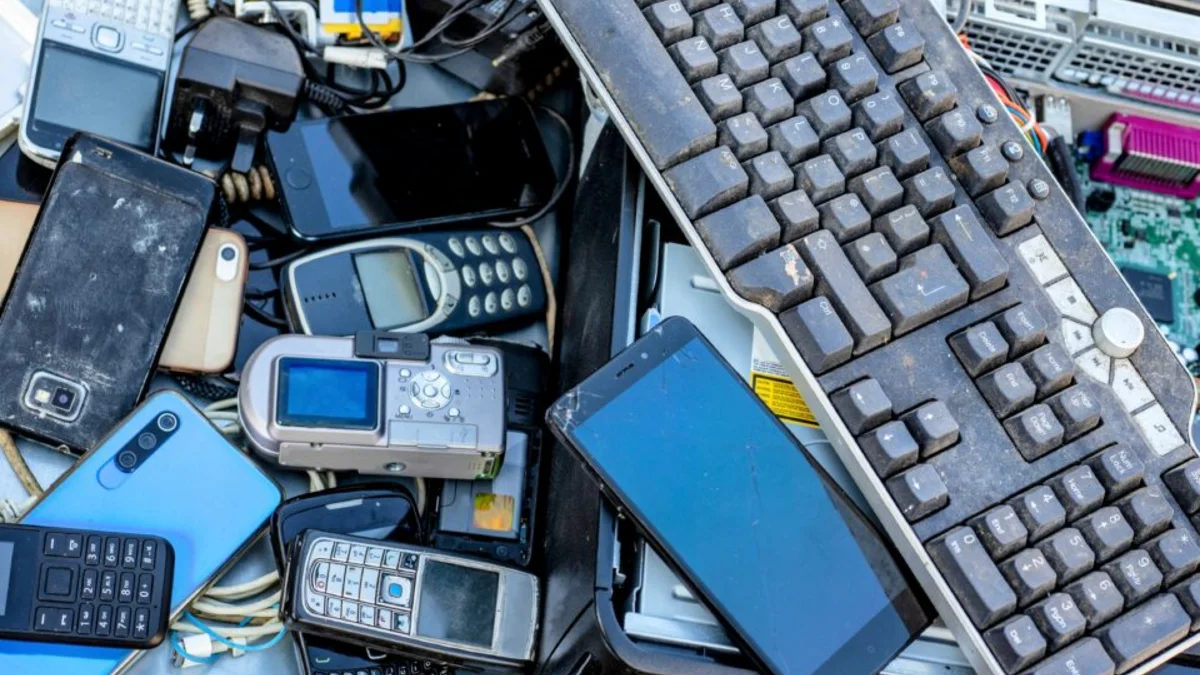
Environmental nightmare nobody talks about. Small appliances make up over one third of e waste, but only 12% are recycled properly. Most end up in landfills. Only 1% of rare earth metals in smart devices are being recycled even though these.
Materials are expensive and environmentally destructive to mine. Every time you buy a device that will be obsolete in two years, you’re contributing to a growing e waste problem that’s poisoning our planet.

